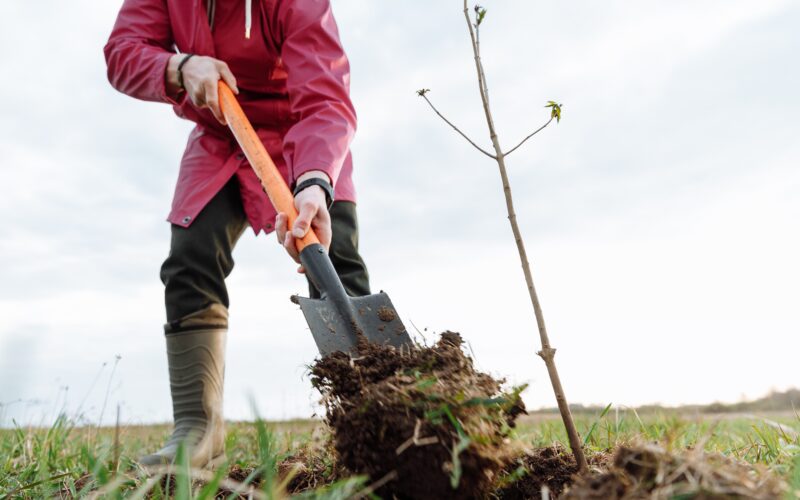Our first article introduced you to the idea that there is a lot you can do to check on the health of your soils. Now we get down to telling you how.
You possibly know a lot more now, but I still have a vivid memory of a farm field day some years ago where the lecturer asked “What do you think is under your feet?” The crowd shuffled and looked downwards and came up with “Loam?” They probably had never looked!
That is why carrying that useful tool, a Soil Pedology Active Diagnostic Evaluator, on your ute or smaller people carrier when you set forth on a regular farm tour, is really important.
That spade, preferably a long tapered one like a ditching spade, will enable you to get to know what’s underneath your pasture, both in each paddock and among the different landforms around the place. Just a small hole, not the whole Visual Soil Assessment effort. We shall be covering that in our final article, when you have learnt more about soil in the meantime.

You’re looking for simple stuff, like:
• How easily did the spade go into the soil?
• Did it start easily and then get hard, or the other way around?
• What does that soil look like – colour (light/dark); structure (crumbly or a sticky mass)?
• Any worms to be seen?
• Any pests, like grass grub?
• Any soil pans down there affecting drainage?
• What does this soil smell like (nice and earthy or sour)?
With a spade always handy you can look out for things like bare bits or weed patches, and instantly check what the difference might be between those and good bits of pasture of crop. Also, is the soil the same or different between the middle of a paddock and the nearest fenceline (assuming you haven’t been busy with herbicide at the edges).
This is a good video on comparing soils from different holes, or growing different crops:
Once you have a mental (or even actual) map of the differences in soils in the various parts of your farm, you can make clearer decisions on issues like stock movements, likely regrowth rates, and even fertiliser spreads. And if you are into growing your own maize silage, decide which paddocks could cope with the soil upheaval and the possible urea spreads, and still produce pasture for the winter.
If you think you are fairly familiar with your soils, but haven’t looked much below spade depth, the following may be useful on many farms:
Probes and penetrometers
For arable and cropping farmers who are familiar with the top 20cm of their soils but not much below that, using a soil probe may be just as effective. A long rod, with a horizontal handle on top, when pushed steadily into the ground at various points, can tell you the following: soil density; compaction/compact layers; changes in soil layers/stones; and it can even be used to find stuff like pipes (check there are no electrical cables first)
For large orchards, or areas new to cropping, even more detail can be obtained from using a penetrometer, which has a dial on the handle to measure the pressure at various depths. These are, of course, more expensive than a probe, but they will give you more detail on underground compaction and likely or potential root depth. They are best used after rain.
Remember that you will have had large machinery on this area (and this can cause more than surface compaction) and an underground level that can’t be seen.
These two videos will provide more information on penetrometer use for both tilled ground and pasture:
Who am I? Sue Edmonds is a farming and science writer from Waikato.






